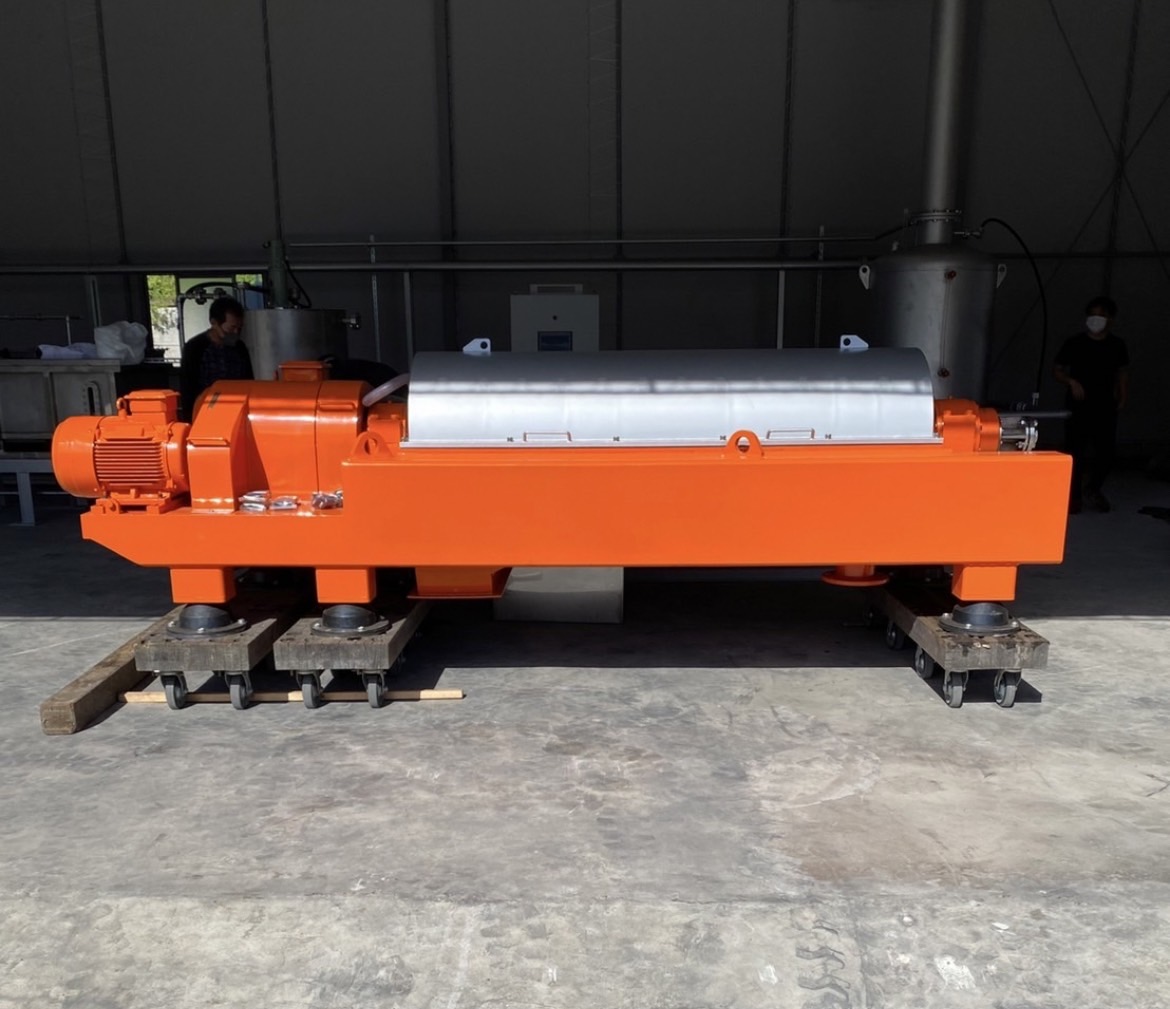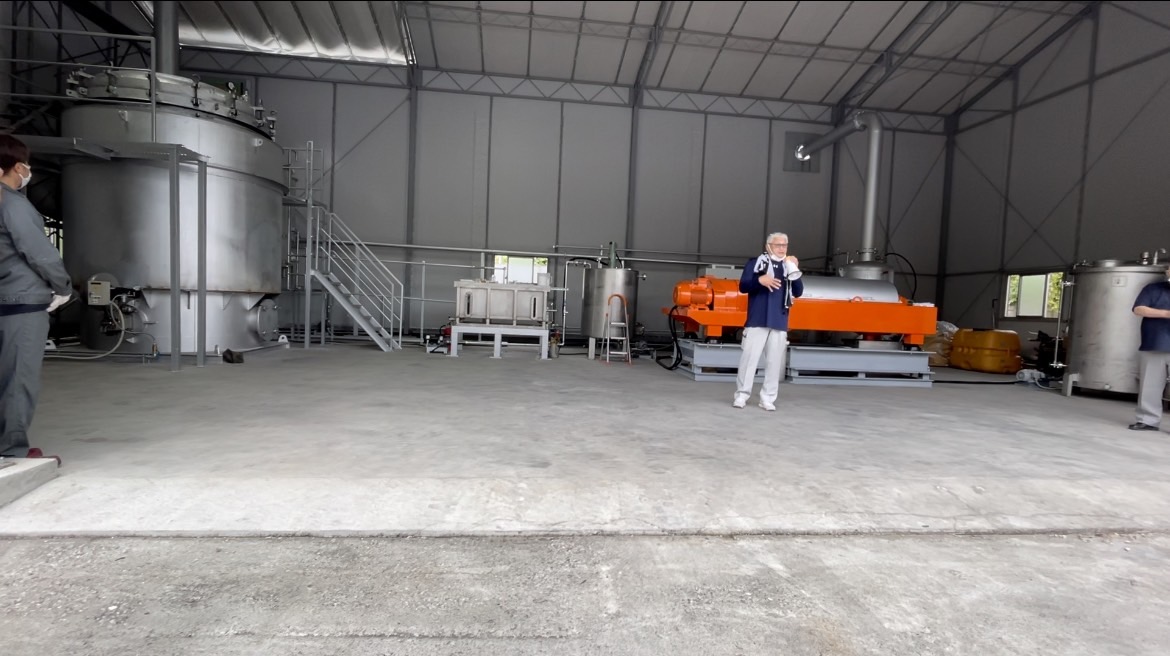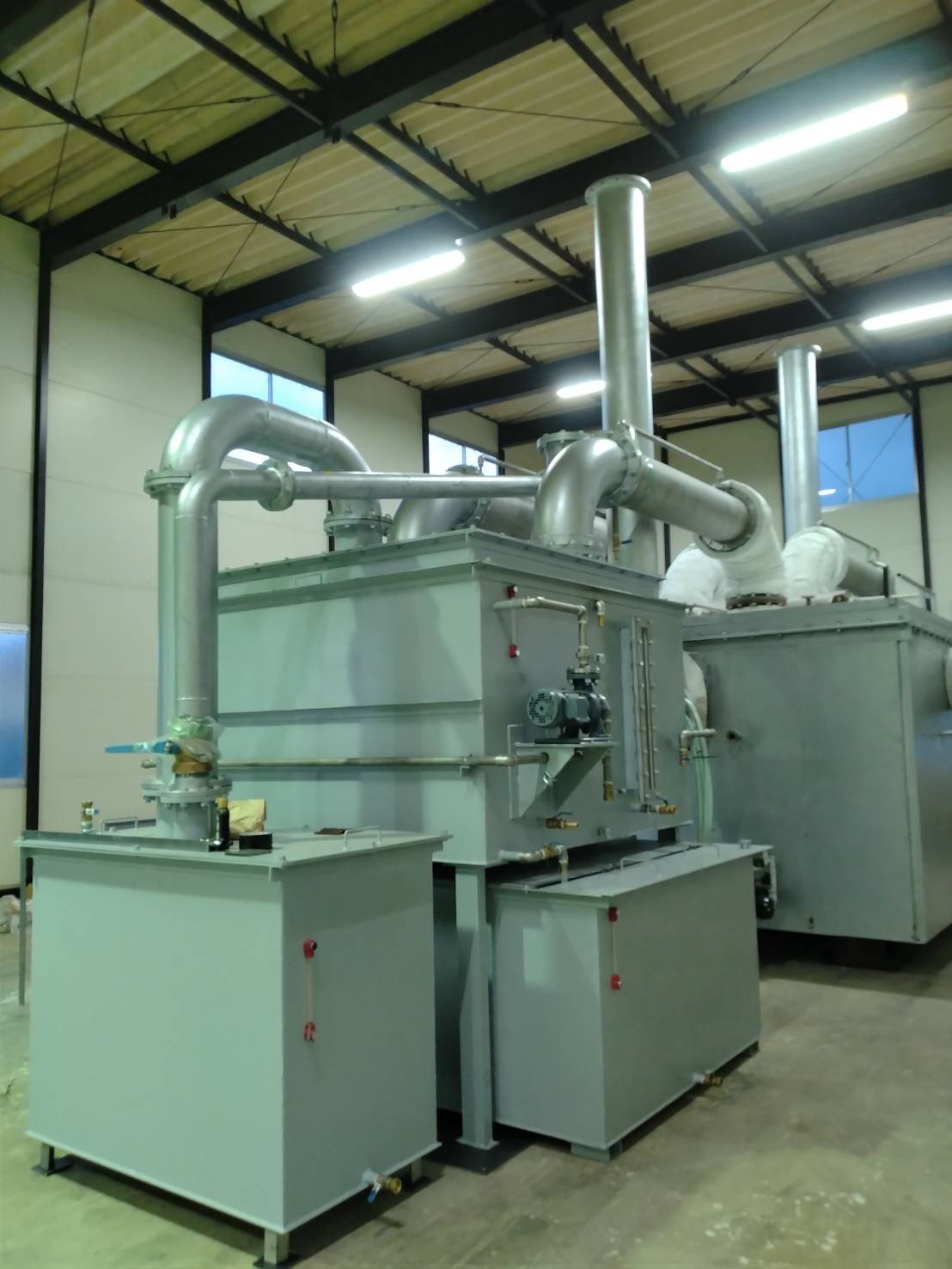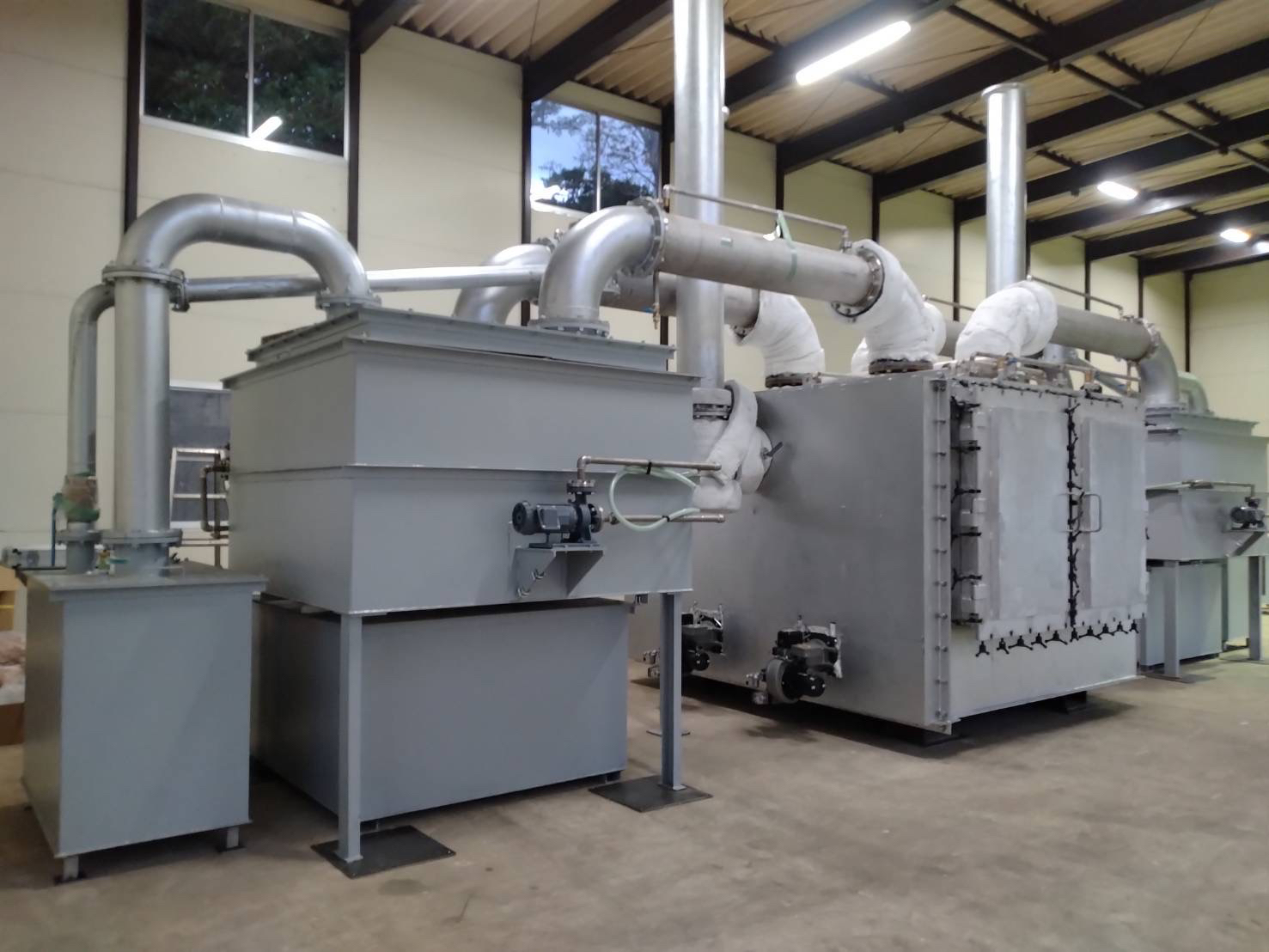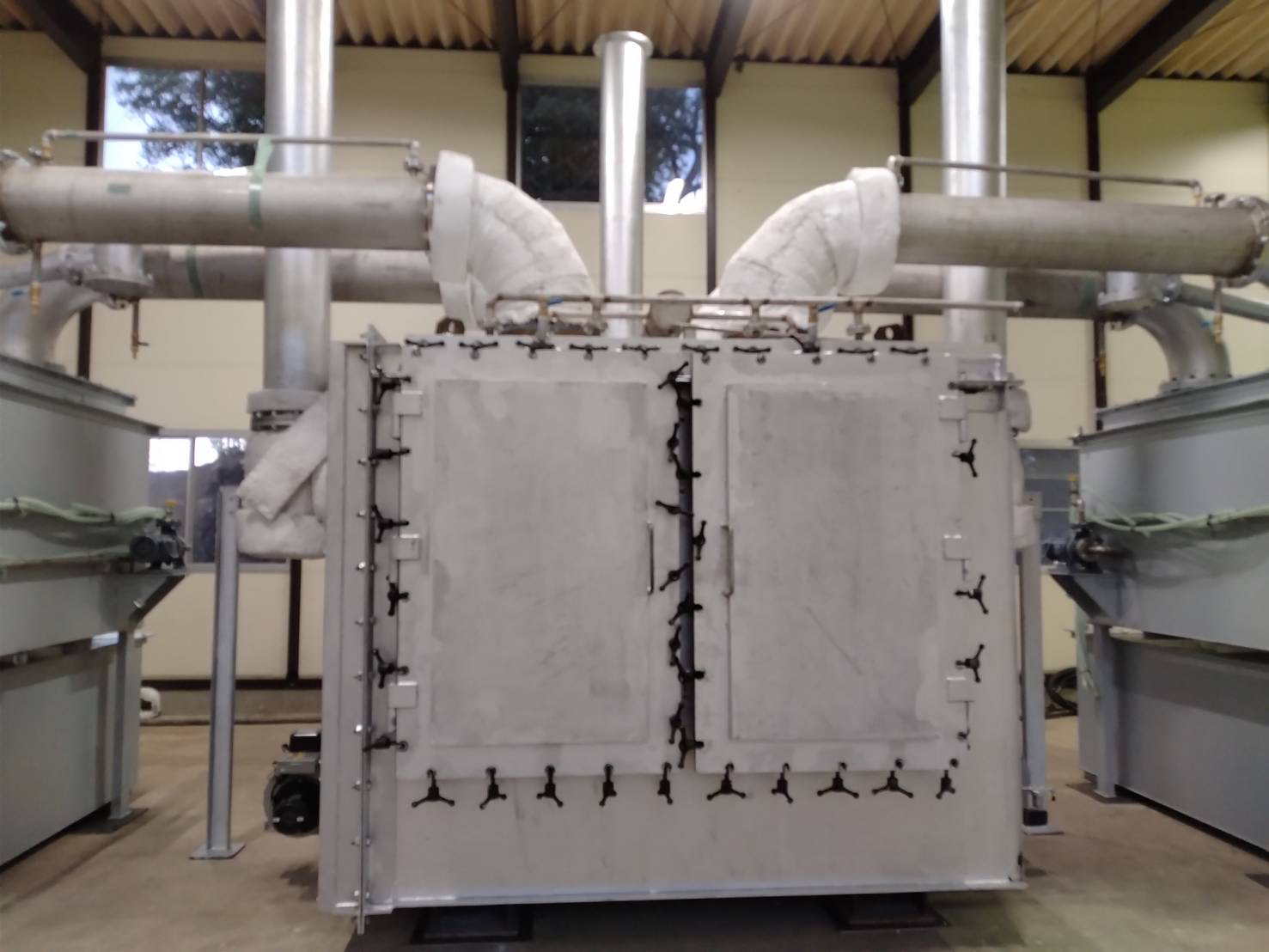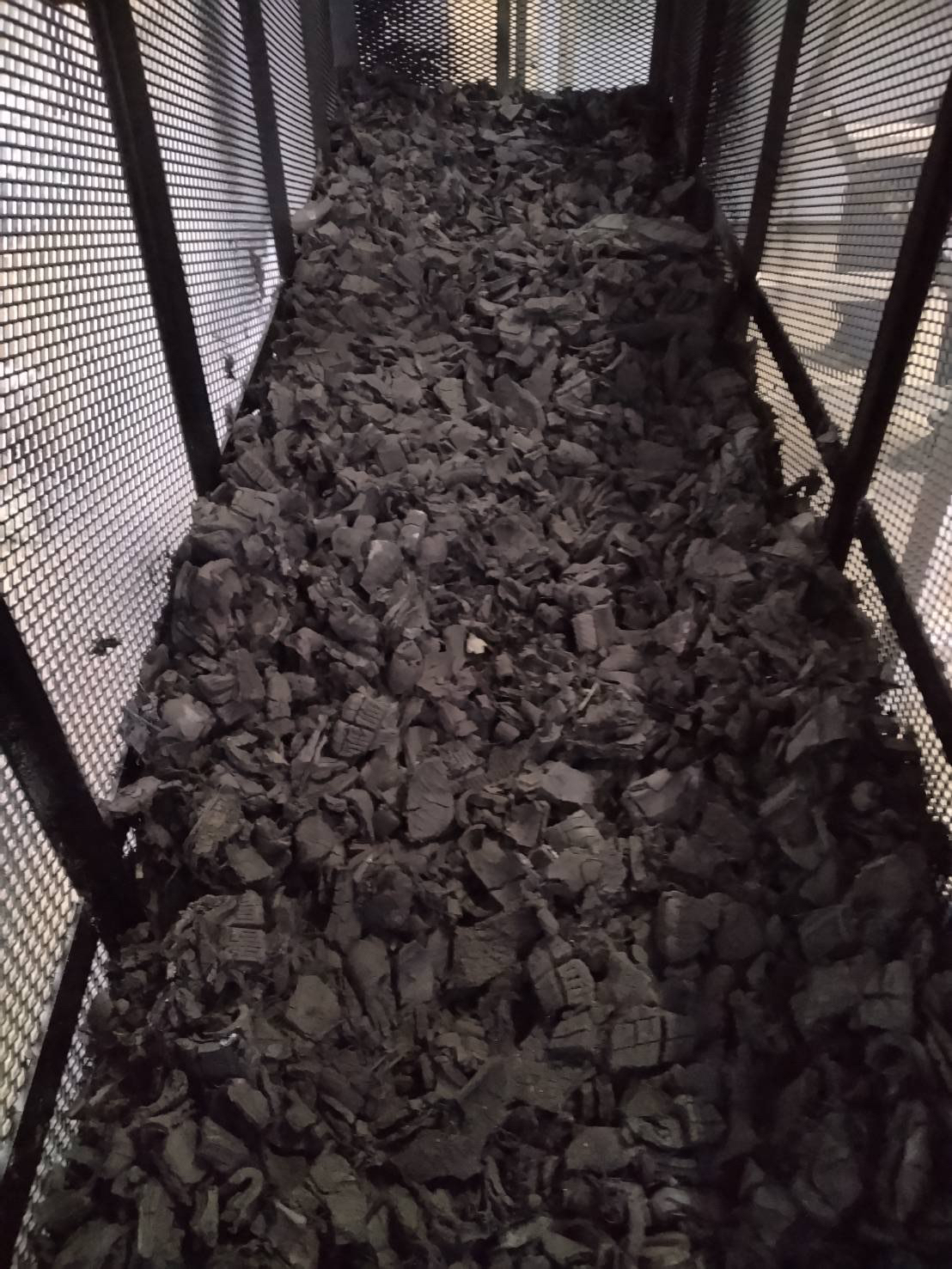Services
Why
Why Waste Tires?
Concerns over waste tires are growing in Japan and the world.
Japan produces approx. 100 million waste tires per year which are nearly 1/10 of the global total estimate.
Recently, not only has there been an uprising in the number of environmental problems regarding the waste tires such as lack of disposal sites and illegal dumping.
This is why we started working to change/better/create solutions to the problems created by waste tires.
Japan produces approx. 100 million waste tires per year which are nearly 1/10 of the global total estimate.
Recently, not only has there been an uprising in the number of environmental problems regarding the waste tires such as lack of disposal sites and illegal dumping.
This is why we started working to change/better/create solutions to the problems created by waste tires.

Contribute to the creation of a sustainable society.
Take part in the action to decrease greenhouse gas and build a sustainable society by turning waste tires into fuel.

Assured sustainable supply of raw materials
We provide you with waste tires produced in Japan. The plant can run for 24 hours under all weather.
How
How we turn waste tires into oil
Oil Extraction
The waste tires are put inside the Oilifying tank to create gas. The process
only produces heat from the burner making the process making it
sustainable and harmless to the environment. We then liquefy the gas and
separate water in the separation tank.
Refining
We put our self-developed catalyst in the mixing tank together with the
fuel. Then the refining tank purifies the fuel into heavy oil that meets the
quality of JIS standard. The impurities are separated by the refining tank.
Final Product
The refined fuel can be used in multiple ways including using it yourself,
selling it, or using it to generate electricity. It is all up to you.
Growing interest!
Recycled fuel 3 positive factors

Economic, Environmental and Safety. Brings you benefits regarding all of these aspects.
Recycled fuel is very beneficial in many ways. It can lower your electricity bill, contribute to the fight against global warming, and create fuel reserves in case of natural disasters.

Contribute to the energy self-sufficiency of Japan
Japan is only 9.6% self-sufficient in its energy. The technology allows you to contribute to the increase in the self-sufficiency of its energy.

The initiative is in line with the SDGs
Contribute to achieving multiple SDGs including goal No.7 (AFFORDABLE AND CLEAN ENERGY), and goal No.12 (RESPONSIBLE CONSUMPTION AND PRODUCTION)
Details
試験による詳細数値
| 項目 | 単位 | 試験方法 | 試料① | 試料② |
|---|---|---|---|---|
| 引火点 | °C | JIS K 23265-3 | 71.5 | 71.5 |
| 蒸留性状 90%留出温度 | °C | JIS K 2254 | 330.0 | 331.0 |
| 流動点 | °C | JIS K 2269 | -7.5 | -7.5 |
| 目詰まり点 | °C | JIS K 2288 | -6 | -7 |
| 10%残油の残留炭素分 | 質量% | JIS K 2270-2 | 0.04 | 0.04 |
| セタン指数 | - | JIS K 2280-5 | 56.1 | 56.2 |
| 動粘度(30°C) | mm2/s | JIS K 2283 | 3.402 | 3.416 |
| 硫黄分 | 質量% | JIS K 2541-6 | 0.012 | 0.012 |
| 密度(15%) | g/cm3 | JIS K 2249-1 | 0.8301 | 0.8302 |
[監修] 一般社団法人 日本海事検定協会(日本政府公認)
試験報告書 試験結果 2021年12月6日
試験報告書 試験結果 2021年12月6日
Photos
